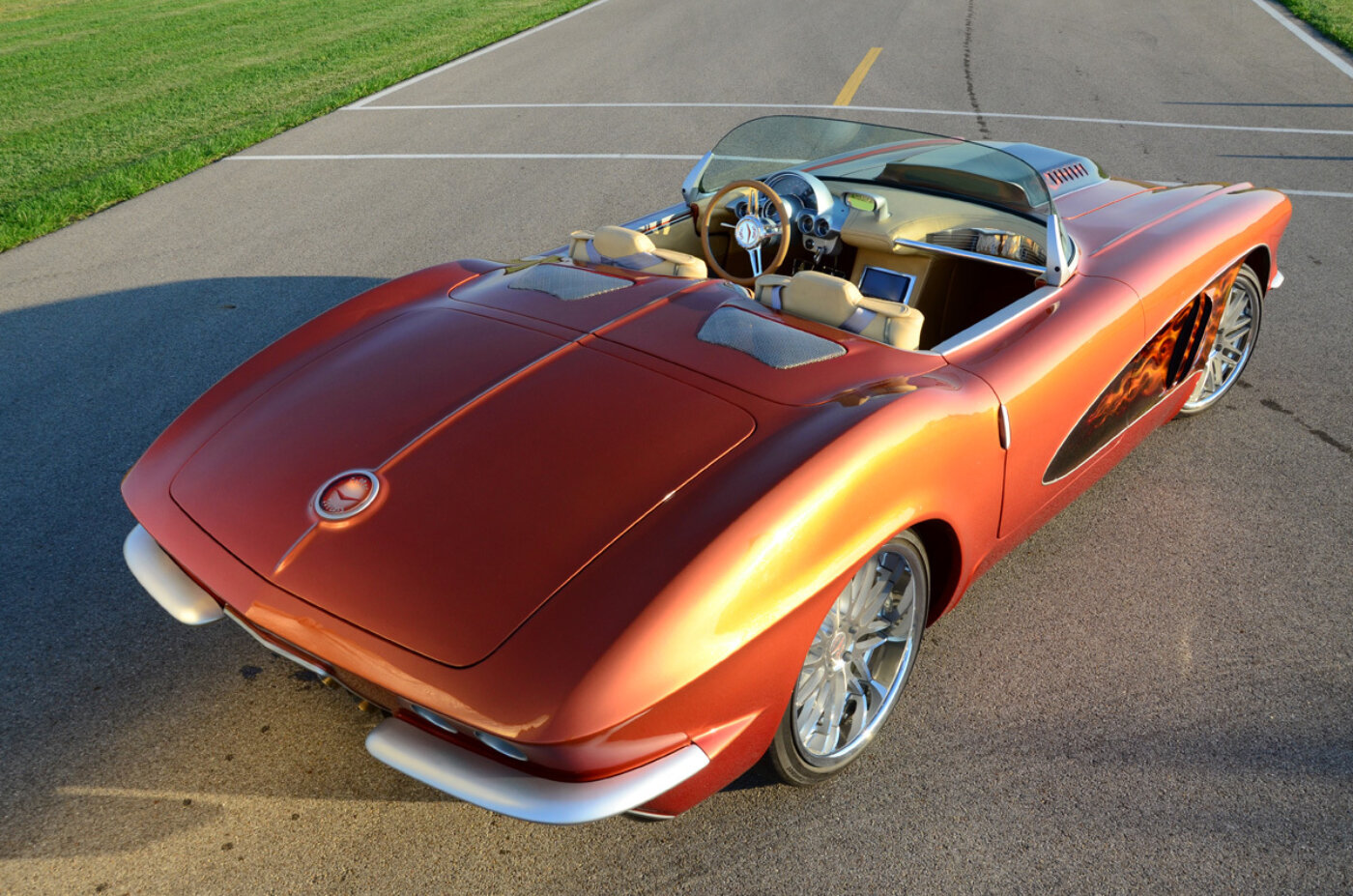
Classic Corvette With A Modern Chassis
Text and Photos by Steve Temple
Starting with the foundation, it has a highly intricate tubular spaceframe, custom fabricated by SRIII Motorsports. The frame features round-tube construction, triangulated for increased strength and rigidity. The three-dimensional network of tubing is engineered to better resist the twisting forces applied during hard cornering and acceleration.
It’s also hundreds of pounds lighter than the antiquated chassis used on the solid-axle ’53 to ’62 Corvettes. When coupled with the 1984 and later Corvette forged aluminum suspension, (also much lighter than the original components) unsprung weight is reduced as well, providing a softer, more controlled ride. At the front are C5 pieces, and the rearend is a C4 unit, with Alston coilovers at all four corners. Why use two different eras of Corvette suspensions?
SRIII’s Mike Stockdale points out that using a narrowed C5 up front provides a total of three inches of additional clearance between the upper control-arm plates, compared to the stock C4 cradle. The extra 1.5 inches on each side of the engine provides additional clearance for the exhaust headers or manifolds, plus the steering linkage to the power rack. This spacing also simplifies the installation of an LS motor by not having to modify the heater hose pipes on the passenger side of the water pump.
Other advantages of the C5 include lower front sway bar mounts, again providing for more clearance. And the C5 front geometry is more refined and smoother than the C4. Last but not least, the C5’s two-piston front brake calipers and 13-inch rotors are superior to the C4 big-brake option.
Seifrid went with Wilwood brakes instead, though, which are two-tone (the caliper is polished, and the rest of the components are oil-rubbed dark bronze, the same hue used on the intake manifold). For brake clearance, he chose Cray Hawk rims, 19 x 10 front, 20 x 12.5 rear, wrapped with Continental rubber (245/30/19 and 305/25/20). Fitting these big meats in the rear required adding 5-inch wheel tubs.
Why a C4 instead of a C5 rearend? Stockdale points out that in ’97 the fifth-generation Corvette debuted with the rear-mounted transmission connected to the engine by an aluminum torque tube, which posed challenges to fitting it under earlier models of Corvettes. Installing a C4 independent rearend is simpler, since it locates the transmission up front with a standard driveshaft. And it also weighs less, making it the more logical option for updating the rear suspension of a C1, C2, or C3 Corvette.

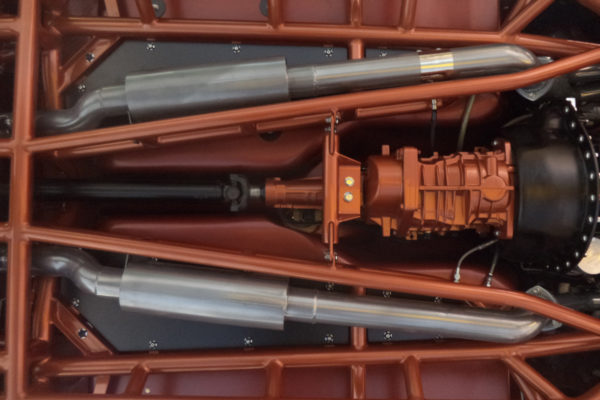
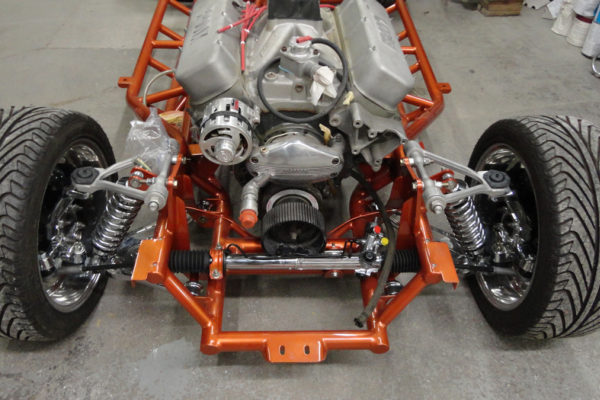
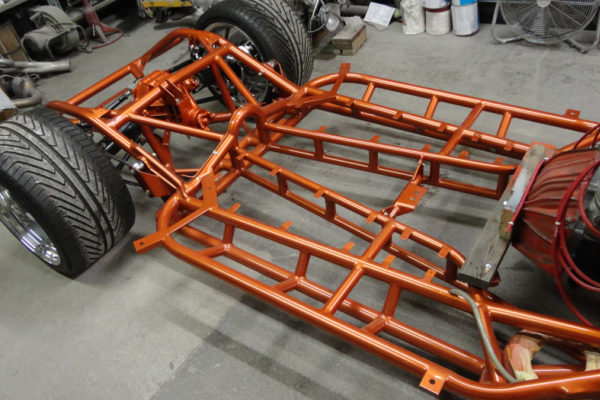
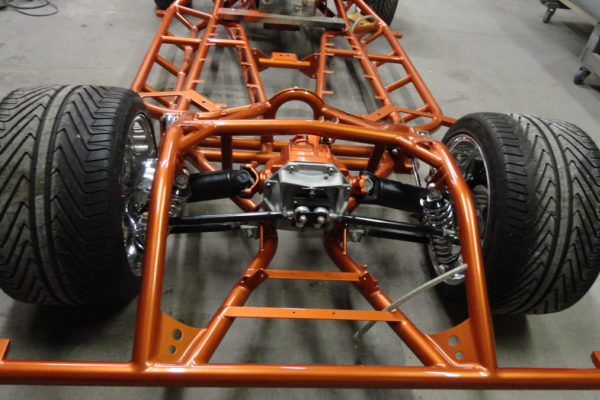
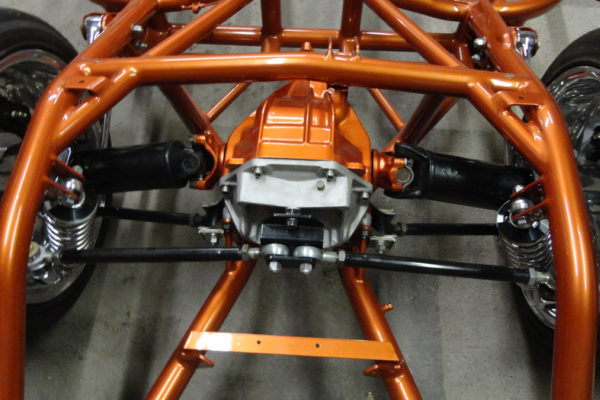
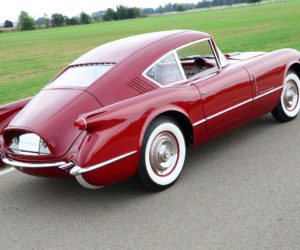
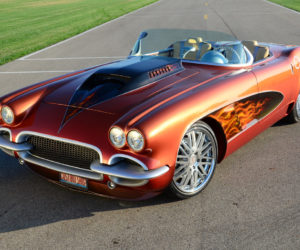
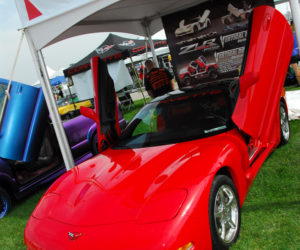
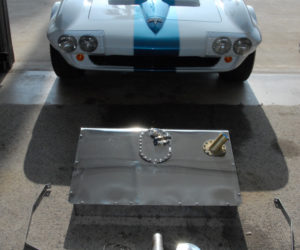
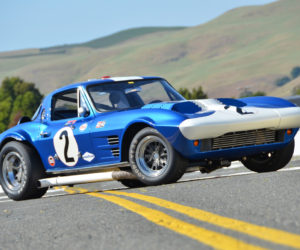
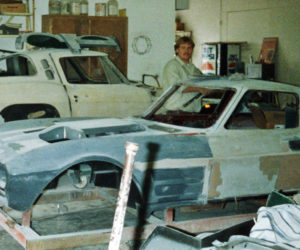




Comments for: Upgrading A Classic Corvette With A More Modern Chassis
comments powered by Disqus